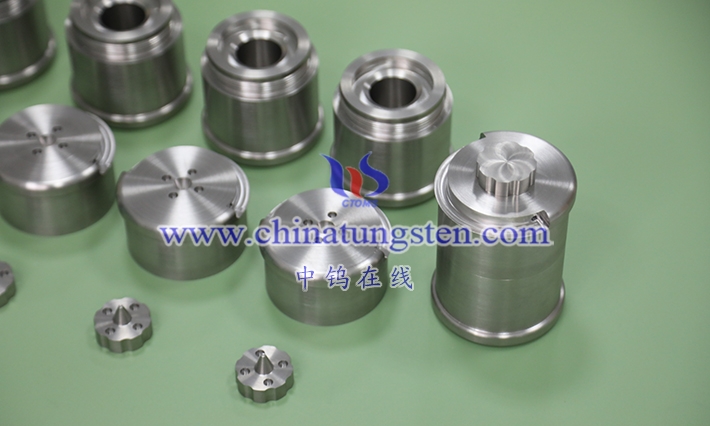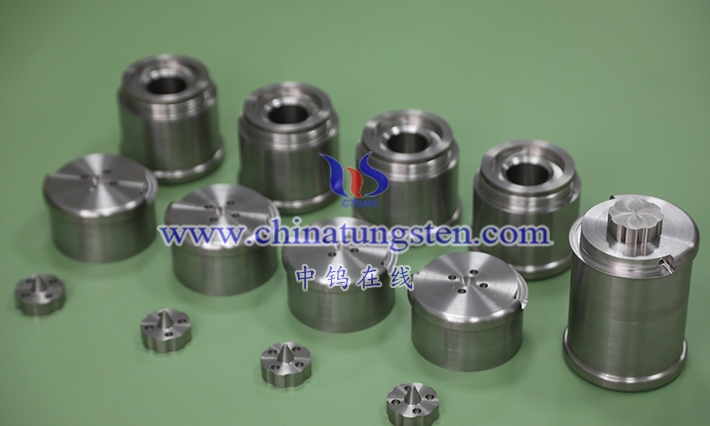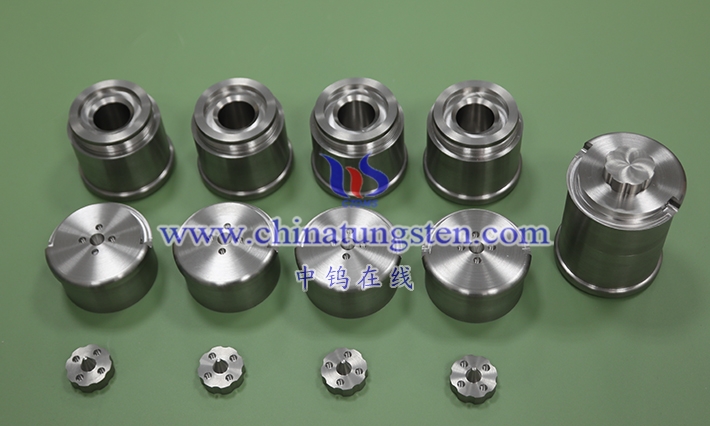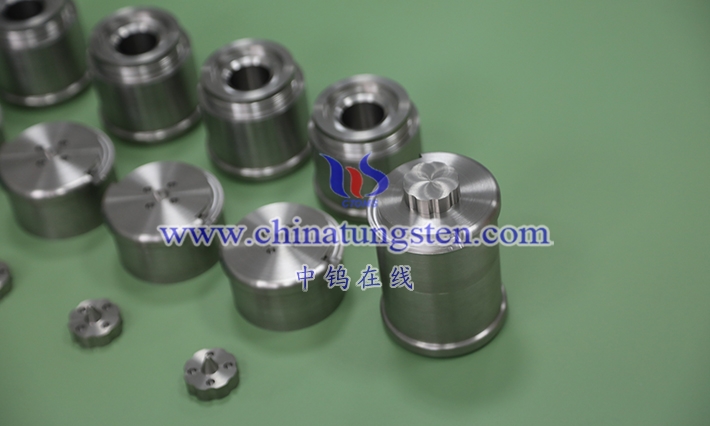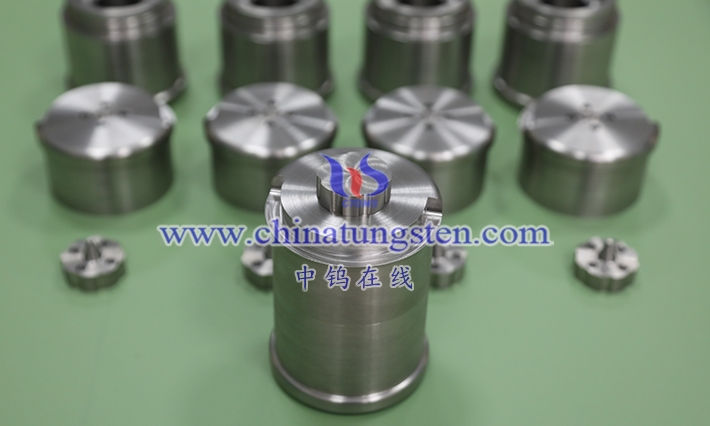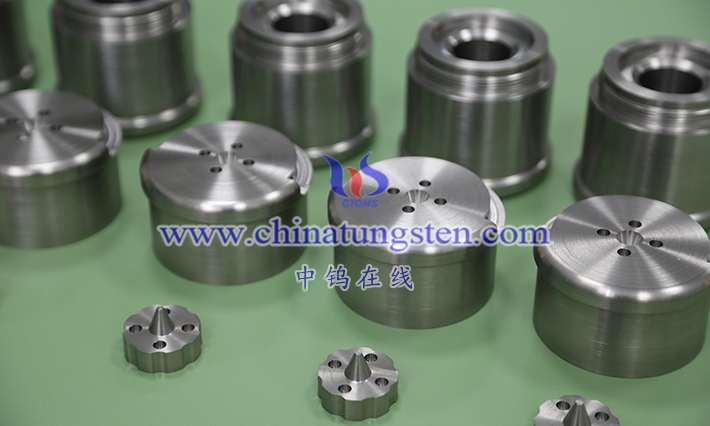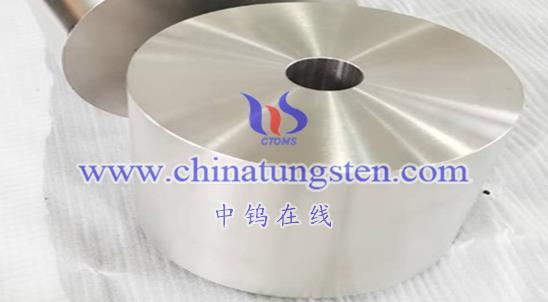
There are many types of tungsten-molybdenum alloying binders, and their selection is mainly based on the required alloy properties, preparation process and cost considerations. The following are some common types of tungsten-molybdenum alloying binders:
metal adhesive
This type of binder is usually composed of metal elements that have good compatibility with tungsten and molybdenum. They enhance the strength and toughness of tungsten-molybdenum alloys by forming intermetallic compounds or solid solutions. For example, certain nickel-, iron- or copper-based alloys can be used as binders.
organic binder
Organic binders are often used as temporary binders in powder metallurgy processes. They can help powder particles maintain their shape during the pressing process and decompose or evaporate during subsequent heat treatment. Common organic binders include paraffin, polyethylene glycol, etc.
Inorganic binder
Inorganic binders such as silicates and borates are also used as binders for tungsten-molybdenum alloys in certain specific preparation processes. They usually have high temperature resistance and can maintain the stability of the alloy in high temperature environments.
glass phase binder
This type of binder adds a certain amount of glass-forming elements (such as silicon, boron, etc.) to the alloy to form a glass phase in the alloy, thus playing a bonding and strengthening role. Glass phase binders can increase the density and strength of the alloy while improving its processing properties.
Composite adhesive
Composite binder is a combination of two or more binders to make full use of the advantages of various binders and improve the overall performance of tungsten-molybdenum alloy. For example, a metal binder can be used in combination with an organic binder or an inorganic binder.
Different binder types may produce different effects during the alloying process, so selection needs to be based on specific application requirements and process conditions. At the same time, the amount of binder used also needs to be strictly controlled to avoid negative effects on the properties of the alloy. In actual applications, the adhesive may need to be customized and optimized based on specific circumstances.
More details of tungsten alloy product, please visit website: http://tungsten-alloy.com/
Please contact CHINATUNGSTEN for inquiry and order of tungsten alloy:
Email: sales@chinatungsten.com
Tel.: 86 592 5129595
